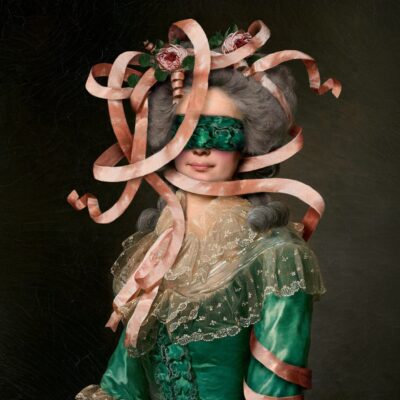
EFHA World 26.05.2025
11.07.2018
fashion historyFrench fashionpaper fashion
Le Bon Marché – meaning ‘the good market’ or ‘the good deal’ in French – is a department store in Paris, considered the first modern department store ever built
Le Bon Marché was founded in 1838 and revamped in 1852. Originally set up to sell lace, ribbons, sheets, mattresses, buttons, umbrellas and other varied goods, it had four departments, twelve employees, and a floor space of three hundred square meters.
In 1852, Aristide Boucicaut became a partner and changed the marketing plan, instituting fixed prices and guarantees that allowed exchanges and refunds, advertising, and a much wider variety of merchandise. The annual income of the store increased, and this led to the building of another marche on the Left Bank, and a. further renovation of the existing store to which participated Gustave Eiffel, the engineer in charge of the building of the infamous Tour Eiffel.
the Marché’s peculiarities are linked to the goods it sold – coming not only from Paris or France, but from many parts of the world – and how it advertised them through beautiful catalogues and catchy ads. It was also unique in being a truly ‘modern’ building. In fact, it was developed for the new inhabitants of the modern city: not only it was selling a wide array of goods, from clothes to homeware and other different objects, but it also provided different experiences, changing completely the definition of marketing. Amongst the spaces it articulated in its inside, there were a reading room for husbands while their wives shopped and many possibilities of the entertainment of children. It also employed many women – in 1880 half the employees were in fact women – and the employees who needed it could live in dormitories on the upper floors.